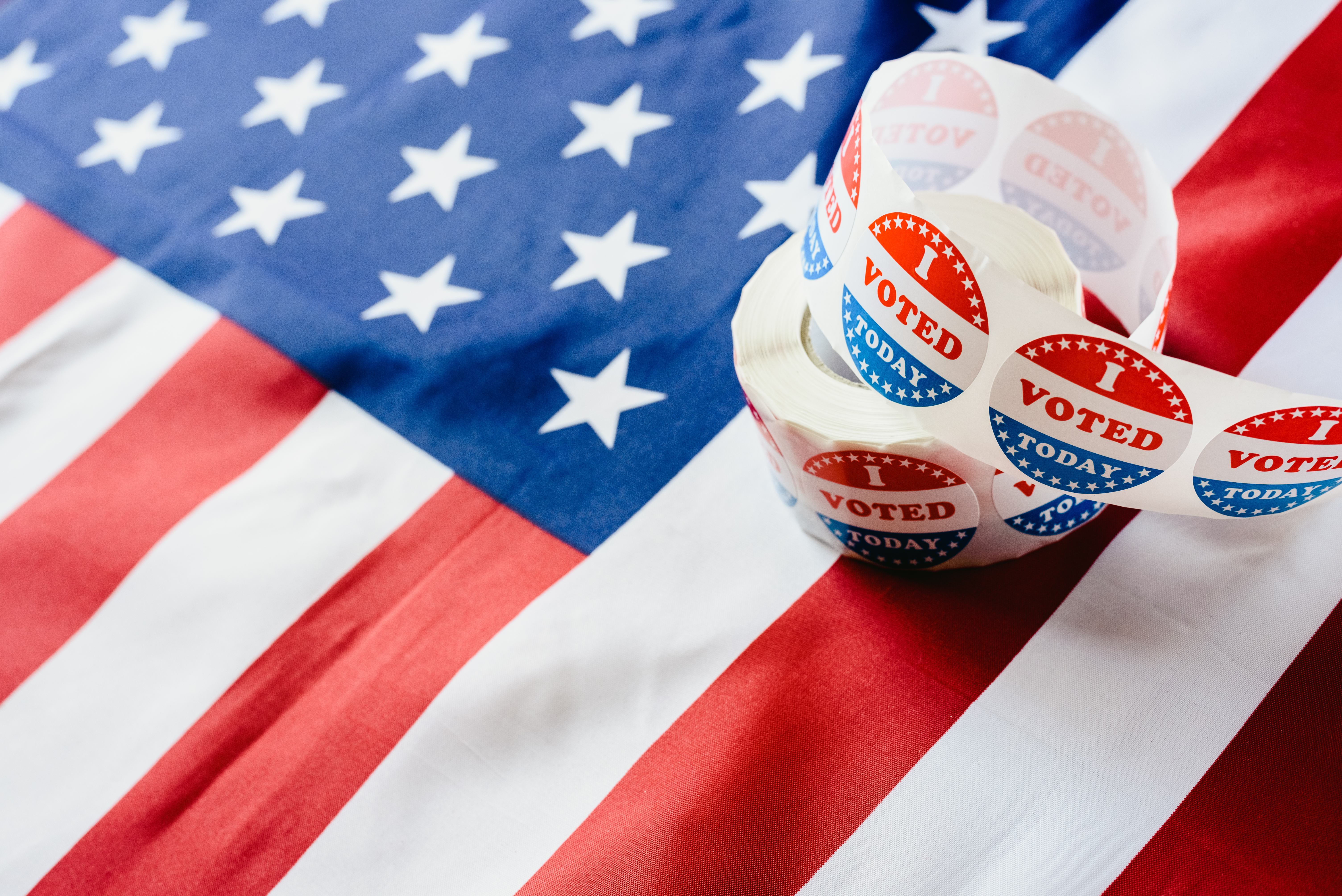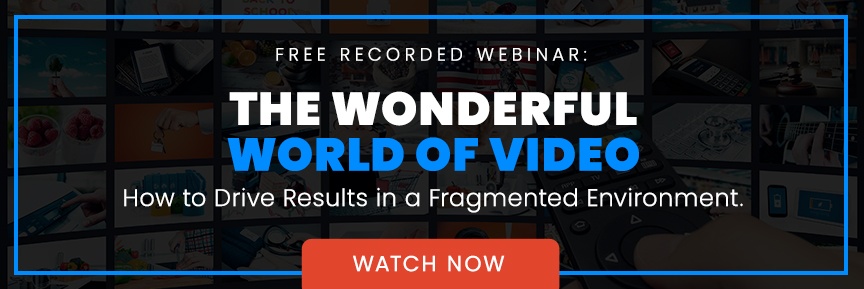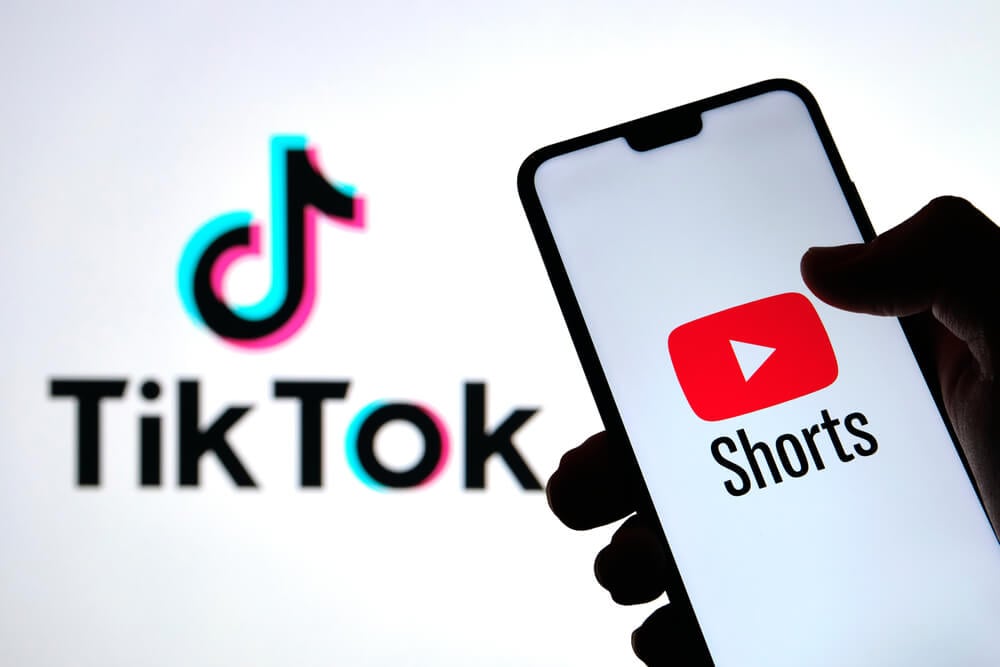3 Ways to Use Digital Advertising to Transform Your Political Campaign

The 2020 political season has caused more buzz than most that came before it. An important aspect of an engaging political campaign is one that successfully utilizes digital advertising.
Digital advertising provides the ability to determine where the leads come from at a granular level. That ability allows politicians to frame their ads and refine their message based on demographic information. In addition, digital advertising is less expensive than more traditional forms of political ad campaigns, such as TV and print media, and the difference in cost is seismic. In Cost Per Thousand Impressions (CPM), radio costs between $10-$20, and network TV costs between $10-$30. Google's Display Network, on the other hand, is inexpensive by comparison: $.50-$5 CPM with an average of $2.40, which is for a campaign using a highly targeted display. Finally, 47% of potential voters aged 18-24 years old learned of the 2018 midterm elections from social media platforms like Facebook, Instagram, Snapchat, and Twitter. That 47% represents about 14 million young people.
It’s no secret that digital advertising can make a significant difference in the results of your campaign. With the right message and the right strategy, you can see success in numbers. Here are three ways that you can transform your political campaign through the miracle that is digital advertising.
How Digital Advertising Helps Reach Your Target Audience
The first step in digital political advertising is to define your target audience. You want to know who your audience is, how they communicate, and what would make them take action, like getting out to vote. Once you define who they are, then you can determine what method of digital marketing will help you reach them.
YouTube videos, for example, are skillful at conveying a simple, unforgettable message. They appeal to targeted voters in easy-to-understand terms. Viewers will happily roll out your message to their cohorts if it’s something they align with.
A custom landing page on your website is another way that digital advertising can promote a political campaign. The goal of the landing page is to drive your visitors to take action as described in the ad and then track it. Landing pages help build email lists, fundraise, or share campaign news.
Embrace Social Media Digital Advertising
Social media had a major impact on the 2018 midterm elections when 68% of the age 18-29 first-time voters stated that their source of election information was social media. As a practical matter, 31% of American youth turned out to vote in 2018 compared to 21% in 2014. It's important to note that 90% of people age 18-29 use at least one social media site.
Furthermore, 28% of people in that age group who actually voted heard or read about the election from social media platforms and not through any contact by traditional political parties and campaigns. In 2018, Instagram ran a register the vote campaign before the election. Snapchat reminded voters to vote on election day. Facebook showed profiles of Facebook Friends with an "I voted" sticker to encourage others to vote. These efforts across platforms encouraged users to get out and vote.
Best Practices — Facebook's Ad Library tracks how much campaigns spend on social media advertising. Fundraising, too, is basic to social media advertising. Many politicians include fundraising links in their biographies and in pinned posts, which make them easy to find for the user.
With regard to legal disclosures required under the Federal Election Disclosure rules, social media was exempt up until the end of 2017. The Honest Ads Act was introduced into Congress in 2017 to try to close this glaring escape clause, and it was blocked by Republicans in October 2019.
Voter Engagement — This is arguably the best advantage for campaigns using social media platforms. Campaigns can create live videos showcasing a candidate's town hall meetings or showing the candidate's behind-the-scenes working world, connecting voters with candidates even when they can’t be there. These efforts engage voters to research the issues and to learn more about the candidate personally. While Facebook and Twitter are the most popular social media platforms, there are less mature sites that have also begun to influence the political environment. For example, TikTok and SnapChat. While they haven’t been around as long as others, they have a lot of influence among citizens, especially of the younger generation.
Finally, if enhancing engagement on social media is a primary goal, then asking and answering questions consistently is the answer. The question/answer format of FAQs helps you acquaint your target audience with the bedrock issues for your campaign and the policies you would implement to address them.
Utilize OTT Platforms
OTT is advertising streamed directly over the internet using smart devices. Ad-supported OTT platforms like Hulu, PlutoTV, and Roku grew in the 2018 midterm cycle to have a bigger impact on the political scene. In 2018, OTT held 30% of political ads.
Best practices — Include a combination of OTT/CTV ads with other supporting ad techniques, such as:
- retargeting to keep your ad in front of viewers that bounced away
- programmatic display showing ads to a particular type of viewer in a particular context
- paid search (click through)
It is also important to keep the campaign message short and to the point. Viewers want to hear more from the voiceover rather than read more text. When it comes to advert length, the idea is that 15-second spots are more efficient than 30-second spots. The shorter messages help with viewer retention time and effectiveness.
And, last but not least, OTT political messages should clearly state who is paying for the ad and who approved the message.
Keeping the Eye on the Prize
Digital advertising for political campaigns has come of age. Whether it's YouTube videos, videos on a politician's website, or social media platform ads, the political advertising market has evolved.
Working with a media partner makes the most sense when talking about implementing a digital marketing campaign strategy, especially for those in unfamiliar territory.
Digital marketing gives politicians a vehicle to appeal directly to voters where they can define their bid for office, win that office, and rapidly begin making a positive impact on their constituents' lives.
Related Posts
Unveiling the Secrets: CoxNext Experts Answer 5 Vital Questions on Enrollment Marketing!
May 24th, 202323 Retargeting Statistics You Need to Know
April 26th, 2023Why Partner With Multiple Agencies When One Is All You Need?
April 20th, 202310 Key Tips for Using Video Shorts in Social Media Marketing
April 12th, 20238 Reasons to Use Video Shorts in Marketing
April 5th, 2023What is a White Labeling Service and Why Should You Consider It?
March 29th, 2023What is the Future of TV Advertising?
March 22nd, 2023Marketing Solutions for Every Step of the Buyers’ Journey
March 13th, 20237 Ways to Know Your Marketing Isn’t Working
February 28th, 2023Categories
- Marketing Strategy (90)
- Digital Advertising (47)
- Digital Marketing (28)
- Content Marketing (17)
- OTT (16)
- ROI (13)
- Content Creative (12)
- Agency Partnerships (11)
- Social (10)
- Video (8)
- COVID-19 (7)
- Advanced Data (6)
- Research (6)
- Technology (6)
- Cox Enterprises News (5)
- Generational Marketing (5)
- Industry: Travel (5)
- Industry: eCommerce (5)
- Advertising Budget (4)
- Industry: Higher Education (4)
- Social Media Marketing (4)
- E-commerce (3)
- Podcasts (3)
- Recruitment Marketing (3)
- Search (3)
- Social Media (3)
- Branding (2)
- Inclusive Marketing (2)
- Industry: Cannabis (2)
- Industry: Home Improvement (2)
- marketing budget (2)
- CoxNext News (1)
- Industry - Automotive (1)
- Industry: Healthcare (1)
- Influencer Marketing (1)
- Podcast Advertising (1)
- Privacy (1)
- working with an agency (1)









.jpg)
.jpg)
%20(1).jpg)
